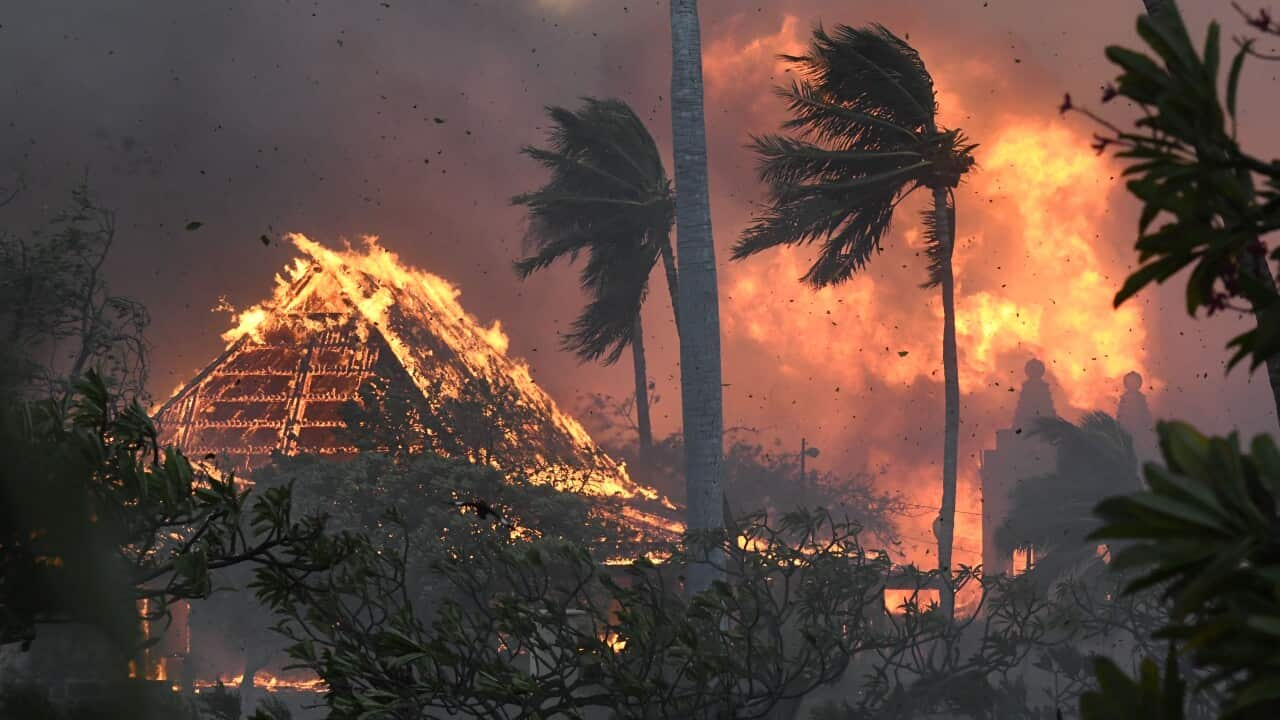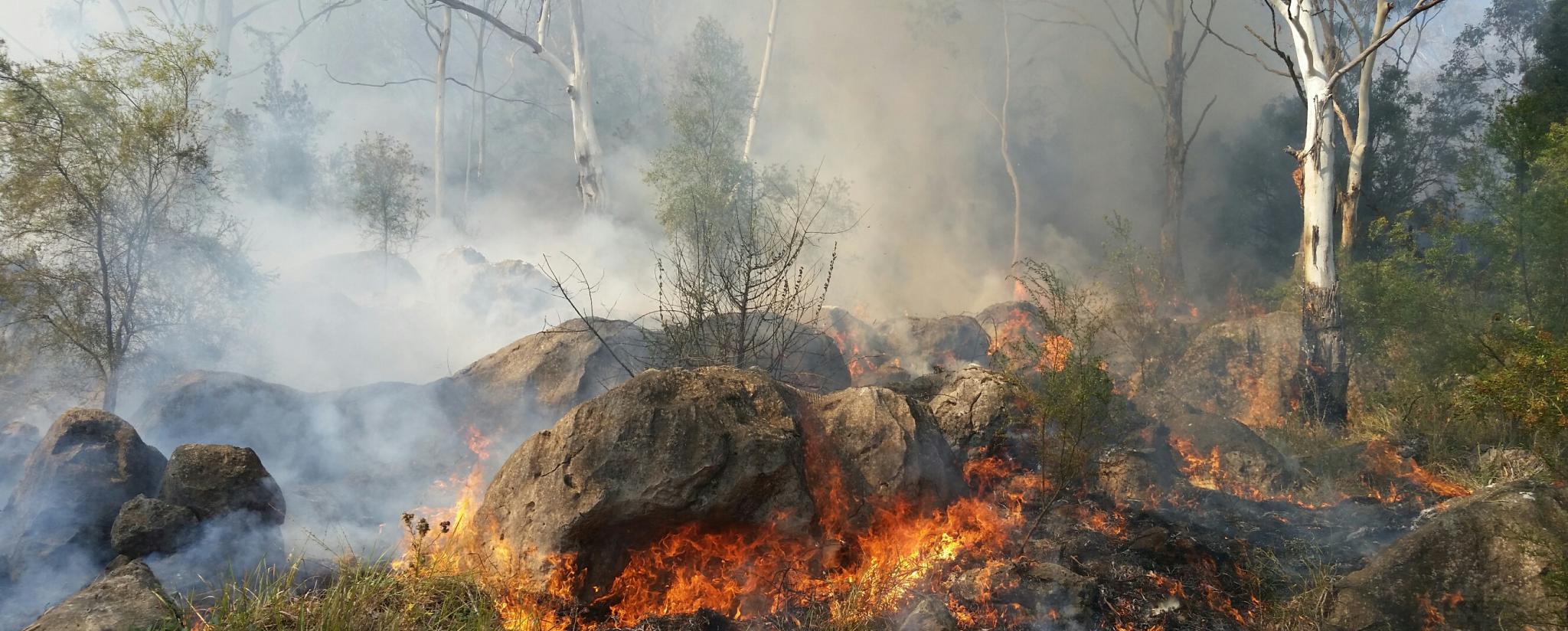Demystifying BAL Reports: A Guide to Comprehending Your Building's Bushfire Threat
Demystifying BAL Reports: A Guide to Comprehending Your Building's Bushfire Threat
Blog Article
Navigating Bush Fire Protection Laws With BAL Record
Central to this venture is the Bushfire Attack Degree (BAL) record, an important file that examines the potential exposure of a building to bushfire. By diving right into the complexities of BAL evaluations and their effects for developing compliance, stakeholders can proactively take care of bush fire dangers and guard properties versus potential threats.
Recognizing Shrub Fire Protection Rules
To efficiently browse the complexities of bush fire defense guidelines, it is vital to have a clear understanding of the governing standards and demands in position. Shrub fire security laws are vital for protecting properties and lives in areas vulnerable to bushfires. These guidelines establish the standards and procedures that homeowner must stick to in order to mitigate the dangers connected with bushfires.

Importance of BAL Evaluations
Comprehending the relevance of BAL analyses is critical in ensuring compliance with bush fire protection guidelines and properly reducing the risks connected with bushfires. BAL assessments, which identify the Bushfire Strike Degree of a home, are crucial for creating proper bush fire security steps tailored to the particular danger profile of the website. By evaluating aspects such as greenery type, range to possible fire threats, and incline of the land, BAL evaluations give beneficial understandings right into the degree of danger a residential or commercial property faces throughout a bushfire occasion.

Implications for Building Conformity
Navigating with structure compliance demands in conformity with BAL analyses is important for making certain frameworks are sufficiently fortified versus the risks postured by bushfires. Frameworks that fail to fulfill the required conformity requirements are at a greater danger of sustaining damages or destruction throughout a bushfire event.
Making certain building conformity includes cautious planning, building, and maintenance to alleviate the potential influence of bushfires - BAL Report. It needs a thorough understanding of the BAL ranking designated to the building and applying the proper measures to address improve its fire defense abilities. Non-compliance with building guidelines can cause legal repercussions, insurance coverage difficulties, and most notably, endanger lives. Taking building compliance seriously and integrating BAL assessment results into building methods is critical for safeguarding residential properties in bushfire-prone areas.
Taking Care Of Shrub Fire Dangers Properly
Offered the critical significance of building conformity in strengthening structures against bushfire risks, efficiently managing these risks requires a detailed strategy that focuses on positive mitigation methods. Cleaning flammable vegetation, producing defensible areas, and guaranteeing correct upkeep can significantly minimize the threat of fire spreading out to the residential property. By incorporating these proactive steps, residential property owners can effectively handle bushfire threats and raise the safety of their structures and passengers.
Practical Tips for Homeowners and Developers
Effectively managing bushfire risks as a home owner or programmer necessitates implementing functional reduction techniques tailored to the building's specific susceptabilities and surroundings. Ensuring that home windows, roofings, and walls are created or updated to satisfy relevant bushfire protection criteria is crucial.
Additionally, creating an emergency situation strategy and practicing discharge drills with household workers, tenants, or participants can save lives in the occasion of a bushfire. Staying informed regarding local fire risk rankings, weather condition problems, and emergency signals is also crucial for making timely decisions to shield life and building. Involving with local fire authorities, neighborhood teams, and specialists experienced in bushfire management can supply valuable support and assistance in creating detailed bushfire security approaches.
Conclusion
Finally, browsing bush fire defense policies official site with a BAL report is important for making certain structure compliance and taking care of bush fire risks efficiently. Recognizing the value of BAL analyses and following useful tips can aid designers and house owners minimize the influence of bush fires. By sticking to these regulations home and taking necessary safety measures, individuals can develop safer environments for themselves and their communities.
Key components of bush fire protection laws include the Bushfire Attack Level (BAL) assessment, which figures out the level of risk a residential property encounters from bushfires. BAL analyses, which identify the Bushfire Assault Level of a property, are essential for designing appropriate bush fire protection steps tailored to the specific threat account of the site. By assessing factors such as greenery kind, distance to potential fire hazards, and incline of the land, BAL evaluations offer beneficial understandings into the level of threat a residential or commercial property faces throughout a bushfire occasion.

In verdict, browsing bush fire defense regulations with a BAL record is crucial for guaranteeing building compliance and handling bush fire dangers successfully.
Report this page